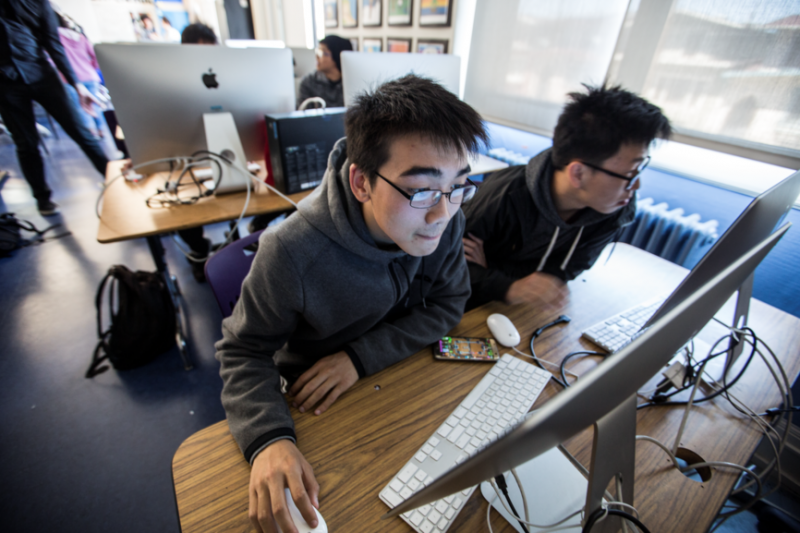KQED partnered with the Institute for the Study of Knowledge Management in Education (ISKME) to find out what impact KQED Learn has on students. After surveying 48 teachers and closely following 195 students using KQED Learn, ISKME reported that KQED Learn showed a significant impact on student learning.
KQED Learn is an online discussion platform for students that facilitates media literacy, media making and civic engagement. KQED Learn supports the mission of the KQED education department by getting students to:
- Think critically about the complicated issues shaping their lives
- Evaluate media sources and how they get informed about those issues
- Discuss those issues with their peers
- Tell their own stories by making and sharing their own media responses
KQED Learn launched in 2017 and is now used by thousands of students across the country for Discussions and Youth Media Challenges. Our team wanted to evaluate the impact KQED Learn has on students. In order to get an objective report, we partnered with ISKME, an independent, education nonprofit whose mission is to improve the practice of continuous learning, collaboration and change in the education sector.
Background and Methods
Starting in spring of 2020, ISKME surveyed 48 teachers and closely followed 195 students using KQED Learn to measure and understand what impact KQED Learn had on improving student media literacy skills as well as teachers’ ability to integrate media literacy into their practice.
Using validated assessment tools developed by the Stanford History Education Group, ISKME evaluated students’ ability to analyze photo evidence, compare articles and assess the reliability of information sources before and after participating in KQED Learn Discussions and/or a Youth Media Challenge.
At the end of the semester, the ISKME research team surveyed and interviewed the teacher cohort to better understand their classroom experiences and what teaching practices effectively complemented KQED Learn to advance student learning the most.
